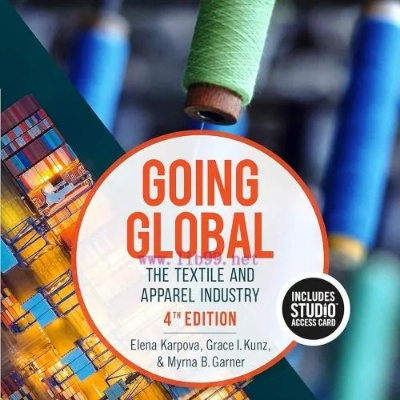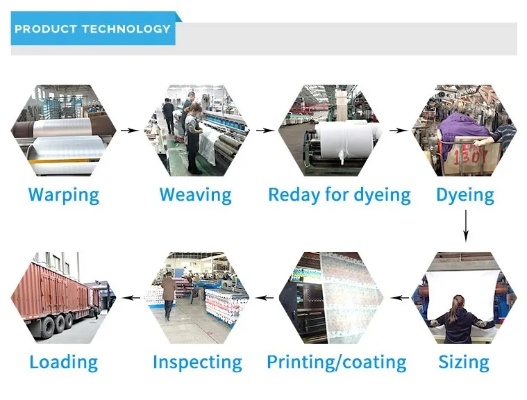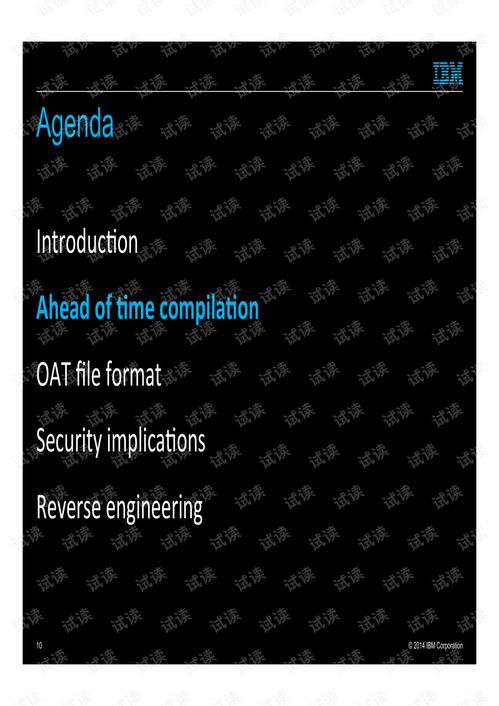The Fabric of Global Trade:Comparative Advantages in Textiles
This study explores the comparative advantages of textiles in global trade. It analyzes the factors that contribute to the success of textile exports, such as low labor costs, high production efficiency, and a diversified supply chain. The research also highlights the challenges faced by textile industries, including competition from other industries, changes in consumer preferences, and environmental concerns. The findings suggest that to maintain competitiveness in the global market, textile industries must adopt innovative strategies and technologies to improve their efficiency and sustainability. Overall, this study provides valuable insights into the role of textiles in global trade and offers practical advice for businesses seeking to succeed in this dynamic industry.
Introduction: In the vast and ever-evolving world of global trade, textiles have played a crucial role. These materials, ranging from woven fabrics to knitted goods, have been used for centuries to create clothing, furnishings, and more. Today, they continue to be an essential part of our daily lives, but their significance extends beyond just practicality. In this article, we will explore the concept of textile comparative advantages and how they shape the global economy.
Comparative Advantages in Textiles: Textiles are not just a product; they represent a complex interplay of factors that contribute to their competitiveness. A country's textile industry can be said to have a comparative advantage if it has a combination of factors that make it more productive than its competitors. These factors include:
- Labor Availability: Countries with abundant labor resources can produce textiles at lower costs compared to those with limited labor supply.
- Raw Material Availability: Countries that have access to high-quality raw materials such as cotton, wool, silk, or other natural fibers can produce textiles at a lower cost.
- Technological Advances: Countries with advanced technology and innovation can produce textiles with higher quality and better design, which can lead to increased demand and higher prices.
- Government Policies: Government policies such as tariffs, subsidies, and regulations can influence the production of textiles in different countries, affecting their comparative advantages.
- Economic Conditions: Economic conditions such as inflation, interest rates, and exchange rates can impact the profitability of textile producers, leading to changes in their comparative advantages.
- Market Demand: The demand for textiles in different regions can also influence their comparative advantages. Countries with a strong demand for textiles may have a competitive advantage in producing them.
Example: One example of a country with a comparative advantage in textiles is Bangladesh. Bangladesh is known for producing low-cost garments, particularly T-shirts and jeans, due to its abundance of labor and access to cheap raw materials such as cotton. This has made Bangladesh a significant player in the global textile industry, with many multinational companies sourcing its products.
On the other hand, countries like China and India have traditionally been known for their textile manufacturing capabilities. However, these countries have faced challenges in recent years due to factors such as declining labor costs, environmental concerns, and rising import duties. As a result, some Chinese and Indian textile companies have shifted their focus towards developing newer technologies, improving quality, and expanding into niche markets to maintain their competitiveness.

Conclusion: The comparative advantages of textiles play a crucial role in shaping the global economy. Countries with specific strengths in labor, raw materials, technology, government policies, economic conditions, or market demand can leverage these advantages to produce textiles at lower costs and increase their share of the global market. As the global landscape continues to evolve, understanding and leveraging textile comparative advantages will remain critical for success in the textile industry.
在全球化的大背景下,纺织品作为重要的出口商品,其比较优势一直是国际贸易领域关注的焦点,本文将通过比较不同纺织品的特点和优势,探讨其在国际贸易中的地位和作用,结合案例分析,进一步说明纺织品比较优势的重要性。
纺织品类型比较
天然纤维与合成纤维
天然纤维:如棉花、羊毛、蚕丝等,以其天然、环保、可降解等优点受到青睐,天然纤维纺织品具有舒适、透气、吸湿性好等特点,广泛应用于服装、家居用品等领域。
合成纤维:以聚酯、聚酰胺等高分子化合物为原料,具有高强度、高耐磨、耐腐蚀等优点,合成纤维纺织品在工业、建筑、汽车等领域有广泛应用。
案例分析:近年来,随着环保意识的提高和消费者对天然纤维的需求增加,天然纤维纺织品在国内外市场上的地位逐渐提升,某品牌推出的纯棉T恤受到了消费者的热烈欢迎。
丝绸与棉布

丝绸:以其细腻、柔软、光泽度高等特点受到青睐,丝绸纺织品具有较高的艺术价值和审美价值,常用于高档服装、家居用品等领域。
棉布:是纺织业的主要原料之一,具有吸湿性好、透气性强、耐磨性强等特点,棉布纺织品广泛应用于各种日常生活用品和生产领域。
案例分析:近年来,随着人们对舒适度要求的提高,棉布纺织品在国内外市场上逐渐受到重视,某品牌推出的轻薄棉质睡衣受到了消费者的喜爱。
纺织品比较优势的体现
成本优势
成本优势是纺织品比较优势的重要体现之一,天然纤维和合成纤维在生产成本上存在差异,使得不同类型纺织品在成本上有不同的优势,天然纤维纺织品通常具有环保、可降解等优点,降低了生产过程中的环境污染和资源消耗;而合成纤维纺织品则具有高强度、高耐磨、耐腐蚀等优点,提高了产品的使用寿命和稳定性。
案例分析:某地区的一家纺织企业采用先进的生产技术和设备,降低了生产成本,提高了产品质量,该企业生产的天然纤维纺织品在国际市场上具有较高的竞争力,受到了消费者的青睐。
市场需求优势
市场需求是纺织品比较优势的另一个重要体现,不同国家和地区对纺织品的需求不同,这使得不同类型纺织品在市场需求上有不同的优势,在一些发达国家,人们对高品质、高舒适度的纺织品需求较高;而在一些发展中国家,人们对价格实惠、实用性强的纺织品需求较大,纺织企业需要根据市场需求进行产品开发和市场推广,提高产品的市场竞争力。

案例分析:某品牌在国内外市场上都取得了较好的销售业绩,其主要原因是该品牌的产品符合不同国家和地区消费者的需求和审美标准,该品牌推出的丝绸纺织品在高端市场上有较高的竞争力,受到了消费者的青睐;而棉布纺织品则广泛应用于各种日常生活用品和生产领域,满足了不同消费者的需求。
纺织品比较优势的实践应用
国际贸易政策支持
各国政府为了促进本国纺织品的出口和产业发展,纷纷出台了一系列国际贸易政策支持措施,这些政策包括关税减免、出口补贴、技术转移等,为纺织品的比较优势提供了政策支持和实践指导。
案例分析:某地区的一家纺织企业通过实施一系列技术创新和产业升级措施,提高了产品的质量和竞争力,该企业获得了政府颁发的多项技术转移和产业升级支持资金,为企业的持续发展提供了有力的保障。
纺织品的国际市场拓展实践案例
在实际的国际贸易实践中,纺织品的国际市场拓展实践案例多种多样,一些国际知名的纺织品牌通过参加国际展览会、建立海外生产基地等方式,提高了产品的知名度和市场占有率;一些纺织企业还通过与国外知名品牌合作等方式,提高了产品的附加值和市场竞争力。
纺织品比较优势是国际贸易中的重要因素之一,在国际贸易实践中,纺织企业需要结合市场需求和政策支持等多方面因素,提高产品的质量和竞争力,纺织企业还需要注重技术创新和产业升级,提高产品的附加值和市场占有率。
Articles related to the knowledge points of this article:
Exploring the Rich Traditions of Rui Tao Textiles in Shaoxing
The Art of Color and Pattern in Textiles
The Role of Textile Ingredients in the Quality and Durability of Clothing
A Profile of PJSH Textiles The Fabric of Modern Elegance
Strategies for Degrading Formaldehyde in Textile Products
An Extensive Guide to Printed Textiles:Types,Uses,and Case Studies



